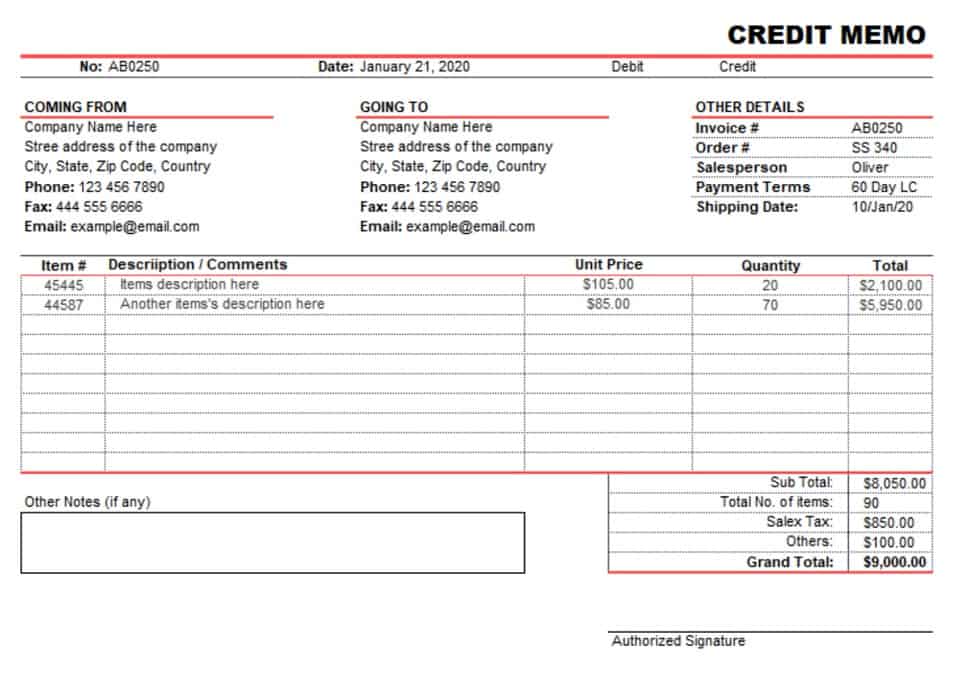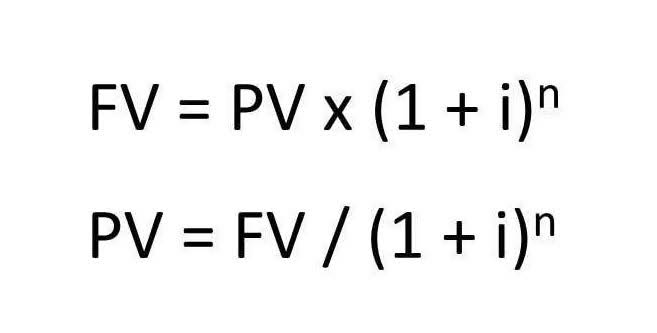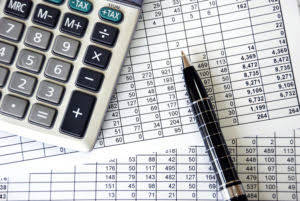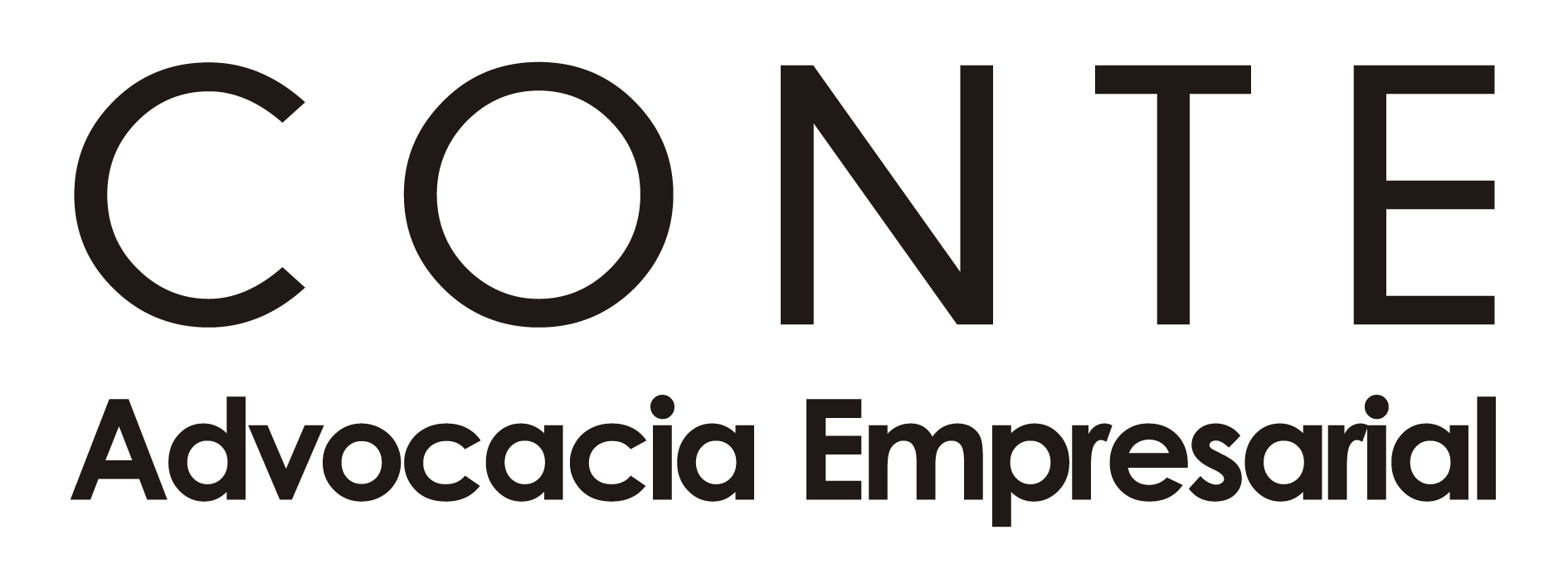
The spreadsheet typically has five sets of columns that start with the unadjusted trial balance accounts and end with the financial statements. In other words, an accounting worksheet is basically a spreadsheet that shows all of the major steps unearned revenue in the accounting cycle side by side. Accounting adjustments can also apply to prior periods when the company has adopted a change in accounting principle.

How to Test Completeness of Accounts Payable

In order to increase sales, many businesses extend credit to customers. The amounts owed by these customers are recorded in individual ledger accounts under the accounts receivable control account. Whichever method you use in recording the insurance payment, either would still result in similar account balances after posting the above adjusting entries.
- You will also learn the second trial balance prepared in the accounting cycle – the adjusted trial balance.
- As you can see, the worksheet lists all the trial balances and adjustments side by side.
- These include adjusting entries for deferred revenues and prepaid expenses.
- Then, by the end of January, when you have used up 1/12 of the rent paid, you will have to record your rent expense for the month.
- The matching principle ensures that revenues and the expenses incurred to earn them are reported in the same period.
- Think of it as doing the work but not yet sending the bill—yet you still need to recognize that revenue.
Types of Adjusting Entries

For example, if revenue is recorded before it’s earned, it can inflate your income, giving a Accounting for Churches false impression of profitability. On the other hand, missing expenses like unpaid bills can make your costs seem lower than they really are. Do your financial records truly capture what’s happening in your business? Missing or incorrect adjustments can distort your numbers, leading to bad decisions or even compliance problems. Adjustments are key to ensuring that your financial reports reflect reality, especially when dealing with unpaid expenses or income that hasn’t been recorded yet. In this guide, we’ll dive into what adjustments are, why they’re essential, and how they differ from reclassifications.
Purpose of Adjusting Entries

In August, you record that money in accounts receivable—as income you’re expecting to receive. Then, in September, you record the money as cash deposited in your bank account. The allowance for doubtful accounts lets you anticipate and account for these potential losses. You’ll debit Bad Debt Expense and credit Allowance for Doubtful Accounts.
- The accounting worksheet is essentially a spreadsheet that tracks each step of the accounting cycle.
- Prepaid expenses are payments that a company makes in advance for goods or services.
- In addition, it does not present the correct net realizable value of the accounts receivable.
- First, record the income on the books for January as deferred revenue.
- Many adjustments happen because improper accounting treatments were used in prior periods.
- By ensuring adjustments are made, you reduce errors and set your business up for smarter, data-driven decisions.
- Each time you pay depreciation, it reflects as an expense on your income statement.
- Adjustments often deal with unrecorded transactions or discrepancies that aren’t immediately obvious.
- The amount of bad debts are usually estimated by applying a percentage that is determined from bad debt history.
- These unpaid expenses are recorded in the payables account on the Company’s balance sheet.
- The Company will adjust journal entries in December 2019 to credit the revenue account and debit the unearned revenue account.
- If you have a bookkeeper, you don’t need to worry about making your own adjusting entries, or referring to them while preparing financial statements.
Examples of fixed assets are vehicles, equipment, machinery, furniture, buildings, and land. They usually have a useful life of more than a year and are classified as non-current assets in the statement of financial position or balance sheet. Under the direct write-off method, bad debts are recorded only when you are certain that you could no longer collect from the customer anymore with any legal means available. This is a simpler approach than the allowance method that small businesses could use.

Accrued Income, also called Accrued Revenue, represents income that is already earned but not yet received. To better understand the concept of adjusting entries, let’s briefly go through some important principles and assumptions below. No matter what type of accounting you use, if you have a bookkeeper, they’ll handle any and all adjusting entries for you. Please let us know if you need the adjusting entry for any other transactions not listed above adjustments in accounting examples by leaving a comment below. I hope you now have a clear understanding of how to make adjusting entries for various transactions after reading this article.


Deixe um comentário